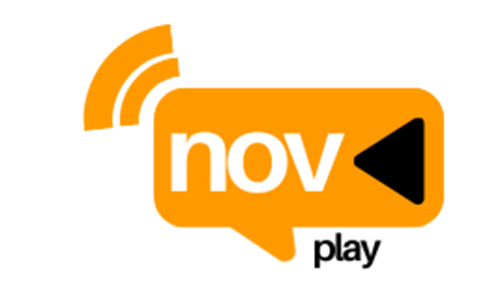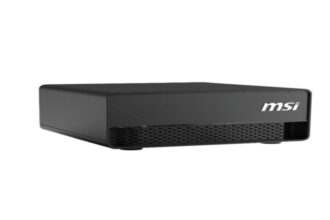In today’s fast-paced world of digital transformation, an intriguing counter-narrative has emerged: the simplest tools are still outshining their pricier digital rivals. While cutting-edge innovations abound, it’s often the most basic options that deliver superior results.
Consider how sticky notes outperform project management software, or how whiteboards eclipse elaborate data visualization tools. This trend underscores an essential truth: high costs don’t guarantee high effectiveness.
Sticky Notes: The Unsung Heroes of Task Management
In the age of artificial intelligence and cloud technology, the continued success of simple, low-tech solutions is a refreshing surprise. Despite the billions poured into advanced systems, these straightforward tools are proving their worth in various contexts.
From large corporations to governmental bodies, these so-called “primitive” methods often yield more favorable outcomes than their costly digital peers.
The Timeless Value of Paper
Despite forecasts heralding the demise of paper since the 1970s, it remains a vital resource in many critical scenarios.
A study conducted by the American College of Emergency Physicians in 2019 highlighted that paper tracking systems in emergency departments significantly outperformed digital ones during mass casualty scenarios, enabling hospitals to process patients approximately 26% faster during drills.
Additionally, NASA has maintained the use of physical backup procedures for pivotal space operations.
When the International Space Station faced computer malfunctions in 2019, astronauts defaulted to paper checklists and manual calculations, which proved unexpectedly more reliable than their digital counterparts.
Excel: The Spreadsheet King
Launched in 1985, Microsoft Excel continues to outperform specialized financial software that often costs organizations hundreds of thousands of dollars.
A 2020 survey by Ventana Research revealed that 70% of large firms utilized Excel alongside or instead of dedicated financial planning software, with 43% suggesting that the spreadsheet format was more effective for particular analytical tasks.
One notable incident involved JPMorgan’s Chief Investment Office, which developed complex Excel spreadsheets to monitor risks, leading to the infamous “London Whale” trading loss.
Despite having advanced risk management tools at their disposal, traders depended on manually adjusted spreadsheets that could be customized far beyond the rigid capabilities of enterprise software.
The Power of Whiteboards
While digital collaboration platforms are booming, traditional whiteboards still hold a formidable place in teamwork.
A 2021 study from the University of Washington indicated that development teams utilizing physical Kanban boards completed their projects 24% faster than those using digital tools for project management.
This efficiency was attributed to heightened visibility and improved team interaction.
Similarly, across Toyota manufacturing sites, despite massive investments in automation, physical andon boards (visual management tools) and paper cards are still crucial for managing production flows.
When efforts were made to digitize these systems in certain facilities, productivity took a hit, resulting in a hybrid approach that retained many manual processes.
Index Cards: The Unsung Utility
Index cards continue to find their way into crucial operations.
Dr. Atul Gawande’s renowned surgical checklist, known to decrease surgical complications by over 35%, was intentionally designed as a physical card rather than embedded in software.
Subsequent research demonstrated that digital adaptations were less effective when compared to the original paper version.
Even in a world dominated by customer relationship management systems, some sales professionals prefer to keep “hotlists” on index cards.
A 2018 study by the Sales Benchmark Index found that elite pharmaceutical sales representatives often utilized personal card systems alongside mandated CRM tools, with 67% claiming that the manual method assisted them in securing more deals.
While pursuing digital transformation is essential for contemporary enterprises, these instances highlight that technology should enhance business functions rather than dictate them. Often, the most effective solutions are straightforward and surprisingly charming.
As organizations allocate considerable funds toward enterprise software, cloud solutions, and AI innovations, it’s important to recognize that a well-crafted paper form, an organized whiteboard, or a simple stack of index cards can still be ideal tools for specific tasks.
A truly refined strategy is not merely about adopting the latest technology—it is about wisely selecting the right tool for each unique challenge, regardless of its technological sophistication.
As Einstein famously said, “Everything should be made as simple as possible, but no simpler.” For numerous business processes, achieving that balance often skews much more low-tech than software companies would prefer us to think.
Miscellaneous Insights
Here’s a look at other low-tech strategies that continue to excel against costly business software:
Physical Filing Cabinets
For some organizations, particularly those managing physical documents or dealing with a manageable amount of paperwork, well-organized filing cabinets can outshine expensive Enterprise Content Management (ECM) systems. Immediate physical access and established procedures contribute to their surprising efficiency for specific records.
Paper Order Forms
Think about a bustling market vendor or food truck worker. While tablet-based order systems promise digital tracking and payment ease, a simple pad of paper and a pen can often be quicker and more reliable in a hectic setting. There’s no need to worry about battery life, software failures, or lost internet connections.
Handwritten Logs
A maintenance employee might jot down daily checks and repairs in a notebook. Although digital tracking platforms offer advanced analysis and reporting, the unencumbered, no-tech input of information can be more effective in their day-to-day tasks.
A Bulletin Board for Announcements
For company-wide updates or significant events, a strategically placed physical bulletin board in a busy area might work more effectively than an internal intranet that employees could overlook. Its visibility guarantees that everyone sees the information.
























